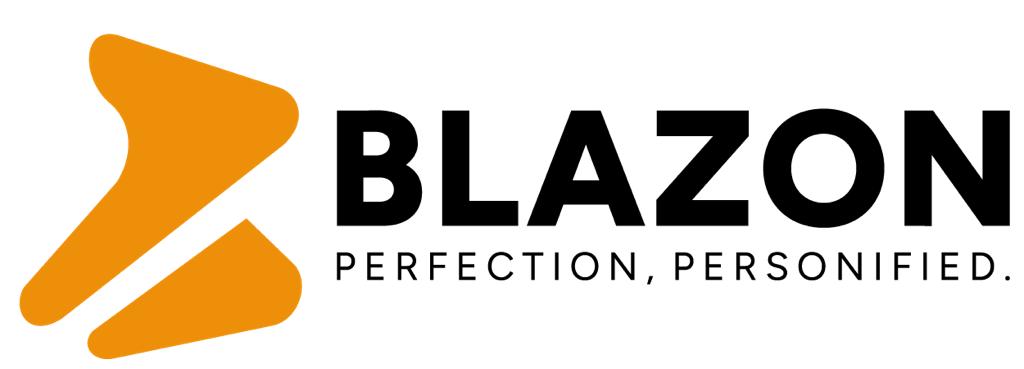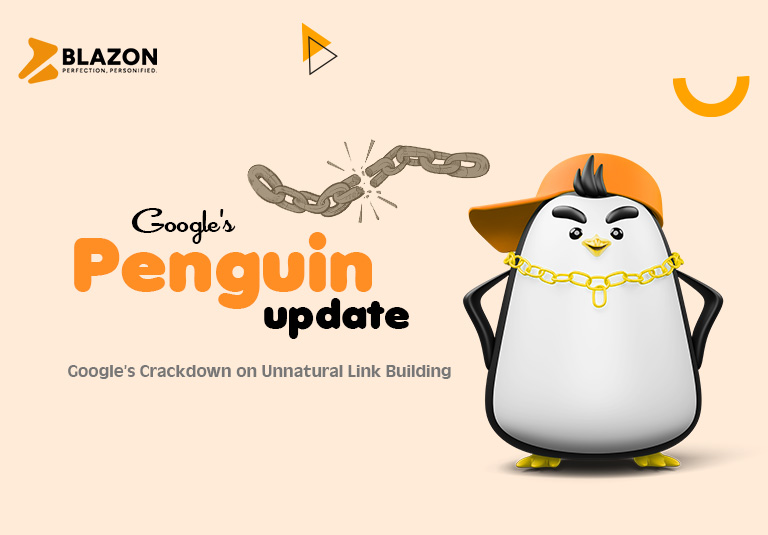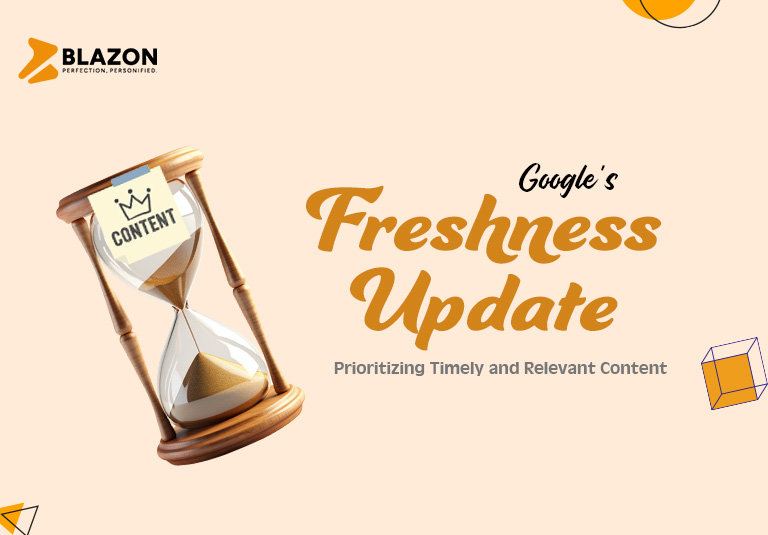In the dynamic realm of search engine optimization (SEO), Google’s algorithm updates frequently redefine the playing field.
One pivotal update that continues to influence SEO strategies is the Exact Match Domain (EMD) update.
Launched to refine the quality of search results, this update altered the way Google evaluates and ranks websites based on their domain names.
This article delves into the intricacies of the EMD update, assessing its implications for website owners and digital marketers while offering strategic advice to navigate this change effectively.
What is the EMD Update?
Google’s EMD update was introduced to address a common manipulation tactic within the SEO community.
Before the update, domains that precisely matched a search query—even if they lacked relevant or high-quality content—could secure top rankings.
For instance, a website with the domain “bestchocolateshop.com” could rank highly for the search “best chocolate shop” regardless of the site’s actual value or relevance to the query.
The EMD update, rolling out in late 2012, aimed to level the playing field by ensuring that exact match domains no longer received an undue advantage.
The goal was to prioritize content quality, user experience, and overall site value over mere keyword matching in domain names.
Impact on SEO Strategies
The immediate aftermath of the EMD update saw a significant shake-up in search rankings.
Websites that had previously relied on their exact match domains for traffic and visibility experienced drops in rankings, especially if their content did not meet Google’s quality standards.
This shift forced SEO professionals and website owners to reassess and revamp their strategies, placing a greater emphasis on content quality, user engagement, and holistic SEO practices beyond domain name selection.
Adapting to the EMD Update
The EMD update underscores the importance of a well-rounded SEO strategy that goes beyond the choice of domain name.
To thrive in a post-EMD update landscape, consider the following strategies:
Focus on Quality Content
Content is king in the realm of SEO. High-quality, relevant, and engaging content that addresses the needs and interests of your target audience is paramount.
Rather than relying on an exact match domain to attract traffic, invest in creating content that genuinely adds value.
This includes in-depth articles, how-to guides, informative videos, and other resources that enhance user experience and engagement.
Enhance On-Page SEO
On-page SEO elements, including title tags, meta descriptions, header tags, and keyword optimization, remain critical.
Ensure these elements are optimized to reflect the content’s value and relevance to your target keywords, without resorting to keyword stuffing or manipulation.
Build a Strong Link Profile
Backlinks are a testament to a website’s authority and relevance. Concentrate on acquiring high-quality backlinks from reputable websites within your niche.
This can be achieved through guest blogging, creating shareable content, and engaging in community discussions.
Improve User Experience
Google’s algorithms increasingly prioritize user experience.
A website that is easy to navigate, loads quickly, and is mobile-friendly stands a better chance of ranking well.
Regularly audit your site to identify and fix usability issues, optimize page speed, and ensure mobile responsiveness.
Looking Ahead
The EMD update is a reminder of Google’s commitment to delivering the best possible search results to users.
As the search landscape evolves, staying informed about algorithm updates and adapting your SEO strategy accordingly is crucial for sustained success.
In conclusion
While exact match domains no longer wield the power they once did, the fundamentals of SEO—quality content, user experience, and a strong backlink profile—remain the cornerstones of digital success.
By focusing on these areas, website owners and digital marketers can navigate the challenges posed by the EMD update and thrive in the ever-changing world of search engine optimization.














